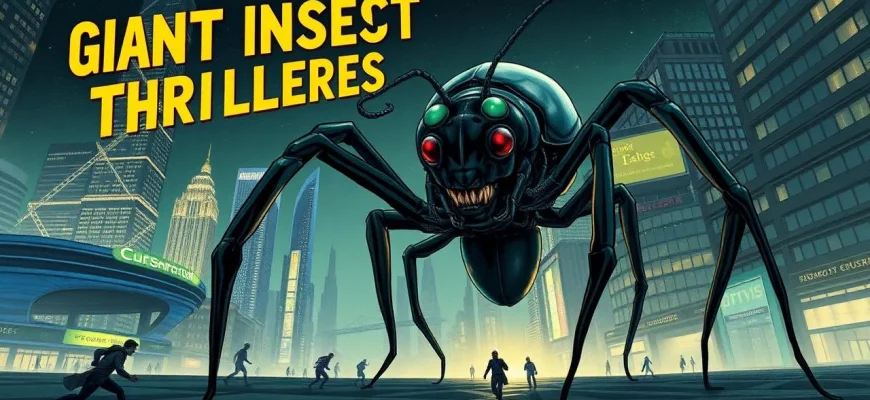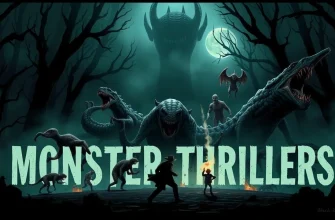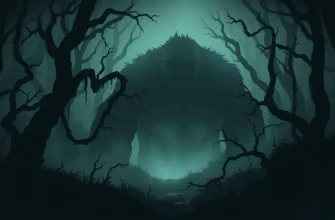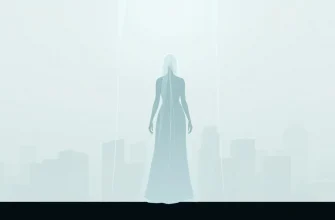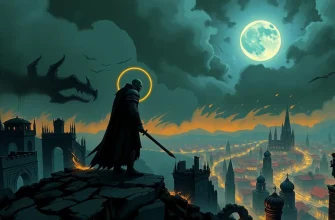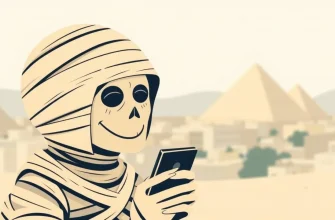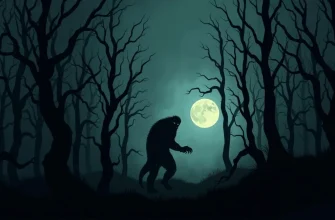Are you ready to dive into a world where the ordinary becomes extraordinary, and the smallest creatures become the biggest threats? This curated list of 10 films will take you on a thrilling journey through the realm of giant insects. From classic B-movies to modern CGI spectacles, these films not only entertain but also explore our primal fears of the unknown and the magnified. Whether you're a fan of science fiction, horror, or just looking for something out of the ordinary, this collection promises to deliver chills, thrills, and a few laughs along the way.
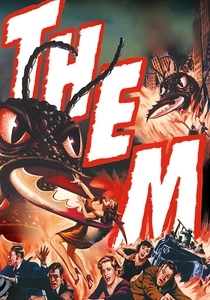
Them! (1954)
Description: This classic sci-fi thriller introduces us to giant ants mutated by atomic testing in the New Mexico desert, sparking a nationwide panic. It's a film that set the standard for giant insect movies with its chilling premise and suspenseful storytelling.
Fact: The film was one of the first to use the concept of nuclear mutation to explain the origin of its monsters. Also, the sound of the ants was created by recording the sound of a violin bow being dragged across a taut wire.
 Watch Now
Watch Now 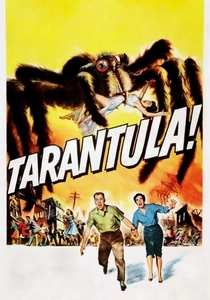
Tarantula (1955)
Description: A scientist's experiment with a growth serum results in a giant tarantula terrorizing a small town. This film blends horror with science fiction, showcasing the potential dangers of unchecked scientific ambition.
Fact: The tarantula was portrayed using a combination of live spiders, mechanical models, and matte paintings. The film also features a young Clint Eastwood in an uncredited role.
 Watch Now
Watch Now 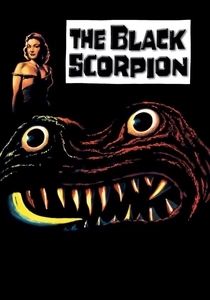
The Black Scorpion (1957)
Description: After a volcanic eruption in Mexico, giant scorpions emerge from the earth, terrorizing the local population. This film is notable for its impressive special effects, particularly the stop-motion animation of the scorpions.
Fact: The film was shot in Mexico, providing a unique backdrop for the monster movie genre. The scorpions were animated by Willis O'Brien, who also worked on "King Kong."
 Watch Now
Watch Now 
Phase IV (1974)
Description: This film explores the concept of ants evolving into a superorganism with a collective intelligence, leading to a battle of wits with humans. It's more cerebral than most giant insect movies, focusing on the theme of evolution.
Fact: The film was directed by Saul Bass, better known for his work in title design. The ants were portrayed using a combination of live ants, time-lapse photography, and optical effects.
 Watch Now
Watch Now 
Bug (1975)
Description: A fire in a chemical plant causes cockroaches to mutate into giant, fire-breathing monsters. This film combines elements of horror, science fiction, and disaster movie genres.
Fact: The film was one of the first to use the concept of insects becoming fire-breathing due to chemical exposure. It also features a memorable scene where the bugs attack a drive-in theater.
 Watch Now
Watch Now 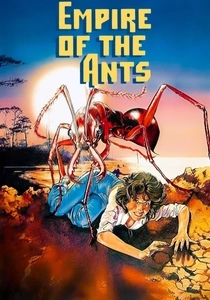
Empire of the Ants (1977)
Description: Based on an H.G. Wells story, this film features giant ants mutated by toxic waste, leading to a battle for survival on a Florida island. It's a blend of horror, sci-fi, and eco-thriller elements.
Fact: The film was part of a series of adaptations of Wells' works by producer Samuel Z. Arkoff. The ants were created using a mix of live ants, puppets, and optical effects.
 Watch Now
Watch Now 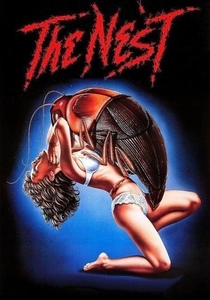
The Nest (1988)
Description: A small town faces an invasion of genetically altered cockroaches that can mimic human speech. This film delves into the horror of biological experimentation gone awry.
Fact: The film was inspired by the book "The Nest" by Eli Cantor. It features some practical effects that were quite innovative for the time, especially in depicting the roaches' mimicry.
 Watch Now
Watch Now 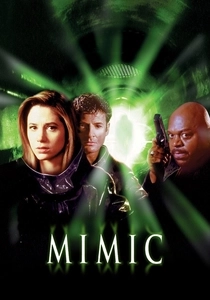
Mimic (1997)
Description: Scientists create a species of insect to combat a deadly disease, but the insects evolve to mimic humans, leading to a terrifying hunt in the New York subway system. This film combines elements of science fiction, horror, and thriller.
Fact: Directed by Guillermo del Toro, "Mimic" was his first Hollywood film. The movie features some of the most realistic and terrifying insect designs in cinema, thanks to the work of special effects artist Mike Elizalde.
 Watch Now
Watch Now 
The Deadly Mantis (1957)
Description: A prehistoric praying mantis, awakened from the ice by an Arctic earthquake, wreaks havoc across North America. This film captures the essence of 1950s monster movies with its blend of science fiction and military action.
Fact: The mantis was portrayed using stop-motion animation, a technique that was quite advanced for its time. The film also features one of the first uses of the "giant monster attacks a city" trope.
 30 Days Free
30 Days Free 
Beginning of the End (1957)
Description: A scientific experiment gone wrong leads to the creation of giant locusts that threaten Chicago. This film is a quintessential example of the 1950s paranoia about science and its unintended consequences.
Fact: The film uses real locusts, which were filmed in close-up to appear gigantic. The movie also features one of the most infamous lines in B-movie history: "We must destroy the grass!"
 30 Days Free
30 Days Free 
